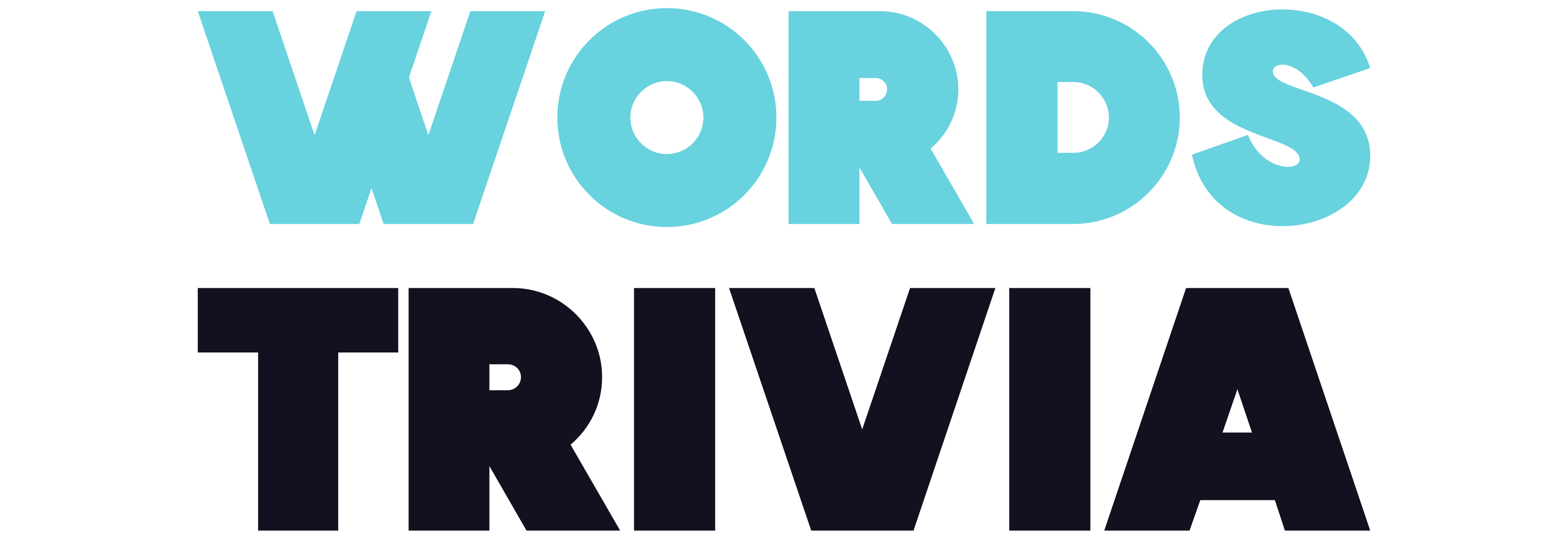The Power of Language Diversity
Language is more than just a tool for communication—it is a powerful expression of a group's history, culture, and identity. With over 7,000 distinct languages spoken worldwide, our planet is a rich tapestry of linguistic diversity. However, this diversity is not evenly distributed. Some regions, known as language hotspots, are teeming with an array of languages. This blog post will spotlight six regions with the most linguistic diversity.
Papuan Languages of New Guinea
Papua New Guinea, a nation in the southwestern Pacific, holds the title for the most linguistically diverse country in the world. With over 800 languages spoken among a population of just under nine million, it is a linguistic hotspot like no other. These languages belong mainly to the Papuan, Austronesian, and Trans-New Guinea families. Despite the country's small size, the rugged terrain and isolated communities have allowed a multitude of languages to develop and thrive.
The Caucasus Crossroads
The Caucasus region, straddling Europe and Asia, is another linguistic hotspot. This region, which includes countries such as Georgia, Azerbaijan, and Armenia, is home to around 50 languages from different language families, including Indo-European, Turkic, and Kartvelian. The Caucasus is a crossroads of cultures and languages, with a complex history of migrations, invasions, and political changes contributing to its linguistic richness.
Africa's Linguistic Mosaic: Nigeria
Nigeria, the most populous country in Africa, is a linguistic mosaic. Over 500 languages are spoken in Nigeria, making it one of the most linguistically diverse countries in Africa. These languages span several families, including Niger-Congo, Afro-Asiatic, and Nilo-Saharan. The three dominant languages—Hausa, Yoruba, and Igbo—each have millions of speakers, but there are also numerous smaller languages, reflecting the country's ethnic and cultural diversity.
Amazon Rainforest: A Language Paradise
The Amazon rainforest, stretching across nine countries in South America, is not just a biodiversity hotspot—it's also a language hotspot. It is estimated that around 350 languages are spoken in the Amazon, many of them by small, isolated communities. These languages belong to dozens of different families, reflecting the deep history and diversity of the indigenous peoples of the Amazon.
Indigenous Languages of Australia
Australia, particularly the Northern Territory, is a significant language hotspot, with a high concentration of indigenous languages. There are around 120 Aboriginal languages still spoken today, representing a fraction of the languages that existed prior to European settlement. These languages, which include Arrernte, Kala Lagaw Ya, and Warlpiri, are a vital part of Australia's cultural heritage. Despite the threats posed by language loss, efforts are underway to revitalize and preserve these languages.
The Melting Pot of India
India, one of the world's oldest civilizations, is a melting pot of languages. With over 1,600 mother tongues reported in the 2011 Census, India is incredibly linguistically diverse. The languages belong to several families, most notably Indo-Aryan and Dravidian, but also Austroasiatic and Tibeto-Burman. Despite the dominance of Hindi and English, many regional languages flourish, underpinning the rich tapestry of India's cultures and traditions.
Preserving Linguistic Diversity
These six language hotspots represent the incredible linguistic diversity of our planet. However, this diversity is under threat, with many languages facing extinction. It is estimated that one language dies out every two weeks. Preserving linguistic diversity is not just about saving languages—it's about preserving the unique cultures, histories, and knowledge systems they embody. As we celebrate the richness of these language hotspots, let's also commit to safeguarding the world's linguistic heritage for future generations.
